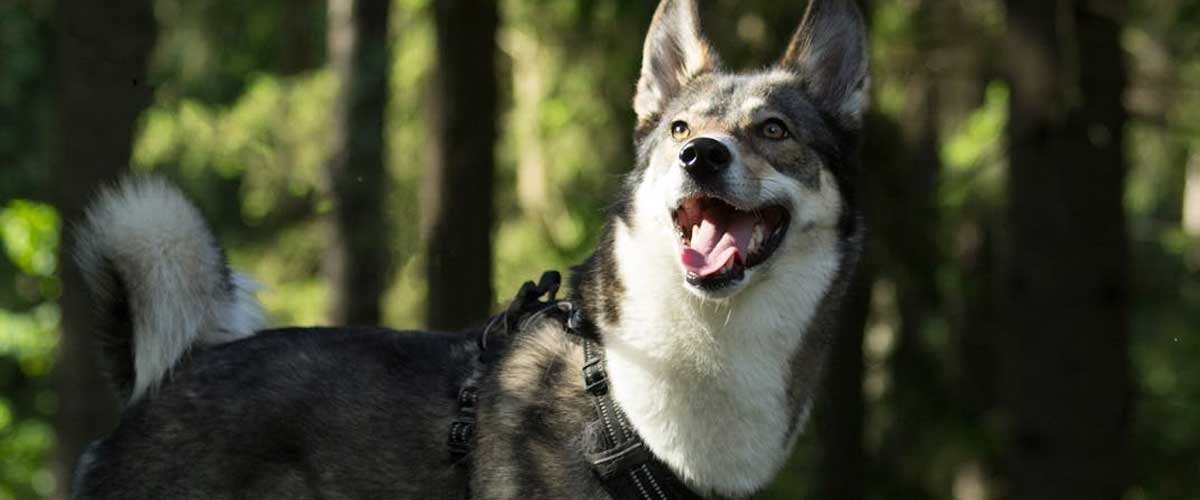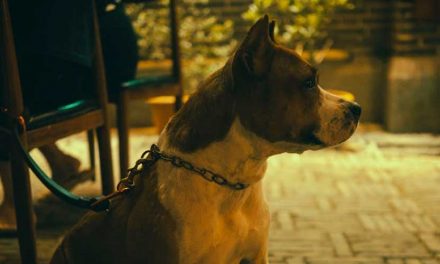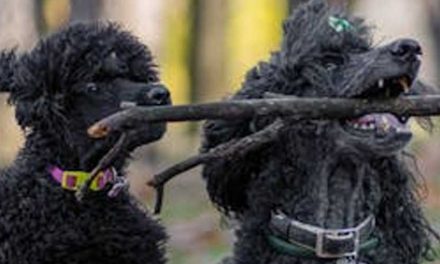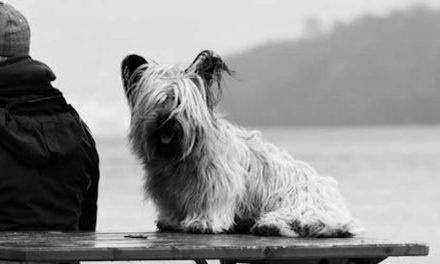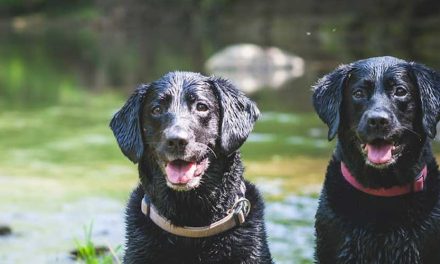The East Siberian Laika, a remarkable breed originating from the cold, rugged landscapes of Siberia, is a testament to the deep bond between humans and their canine companions.
With a history rooted in hunting and herding, this breed is not only known for its striking appearance but also for its incredible abilities in various working roles.
History and Origins
The East Siberian Laika is believed to have been developed from ancestral hunting dogs that roamed the vast northern territories of Russia.
These dogs were bred by indigenous tribes, primarily for their skills in hunting large game such as elk and bear.
The breed’s adaptability to the harsh Siberian climate played a crucial role in their survival and development.
Over time, the East Siberian Laika has maintained its strong hunting instincts while becoming a loyal and devoted family pet.
Physical Characteristics
The East Siberian Laika possesses a sturdy and robust physique.
Adults typically weigh between 40 to 60 pounds, with males generally larger than females.
Their dense, double coat is well-suited for cold environments, providing insulation and protection against harsh weather.
The coat can range in color, including shades of gray, black, and red, often with distinctive markings on the face and body.
One of the breed’s defining features is its bushy tail, which curls over its back, and its erect ears, giving them an alert and intelligent expression.
The East Siberian Laika has a well-proportioned build, showcasing strength and agility, essential for their traditional roles in hunting and herding.
Temperament and Personality
Known for their friendly and sociable nature, East Siberian Laikas are generally good-natured and get along well with children and other pets.
Their intelligence and alertness make them excellent family companions, but they require proper training and socialization from an early age.
This breed is known for being independent and sometimes stubborn, traits that are often seen in working dogs.
East Siberian Laikas have a strong prey drive due to their hunting background, making socialization particularly important to help them interact well with smaller animals.
They are highly energetic and require regular exercise to keep them healthy and mentally stimulated.
Daily walks, playtime, and opportunities to explore their environment are essential for their well-being.
Training and Care
Training an East Siberian Laika requires patience and consistency.
Positive reinforcement techniques work best, as these dogs respond to praise and rewards rather than harsh discipline.
Early socialization, including exposure to various people, environments, and other animals, helps develop a well-rounded canine companion.
Grooming needs for the East Siberian Laika are moderate due to their thick double coat.
Regular brushing is necessary to manage shedding, especially during seasonal changes when they may “blow” their coat.
Routine veterinary check-ups and a balanced diet will ensure their overall health.
Conclusion
The East Siberian Laika is a breed that embodies resilience, loyalty, and versatility.
Whether as a working dog, hunting partner, or family companion, they bring joy and excitement to their owners’ lives.
For those willing to put in the time and effort required for training and socialization, the East Siberian Laika can be a loving and devoted member of the family, thriving in an environment where their unique talents are appreciated and nurtured.
If you’re considering adding this magnificent breed to your household, prepare for an adventure filled with companionship and joy.

